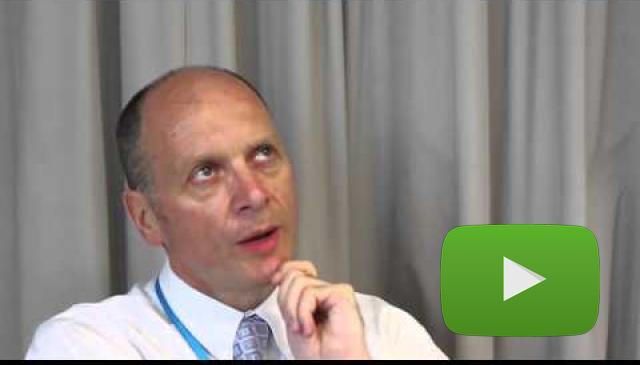RevSim Hotel Simulation
Educator
Paul Whitelaw | William Angliss Institute | PaulW@angliss.edu.au
Key Features
- Simulator: RevSim Hotel Simulation
- Students: Undergraduate, internal students
- Class Size: 80+
- Assessment: Simulation activities (40%), report (40%), presentation (20%)
- Pedagogy: Full semester program (4 x 2-hour lectures; 4 x 1-hour tutorials; 12 x 2-hour simulation workshops)
Background
As part of the Bachelor of Business (International Hospitality Management) undergraduate program offered in Melbourne and a partner institute in Germany, RevSim is used in a yield management revenue unit mainly for students studying hospitality. RevSim suggests their software is:
Achievement focused and competency based learning. Individuals or teams operate as member of the hotels executive committee with a leading focus on revenue optimization. Hotels compete with each other in real time and within the realistic market dynamics of a competitive set of hotels. As in a real market, the competitive strategies and decisions of each hotel affect both its results and the results of all of the other hotels in the competitive set. A hotel’s market share, revenue share, and financial results depend on its ability to construct, promote, and deliver a competitive price/value proposition to the market (RevSim, 2014, http://www.hotelsims.com/simulations/revsim.html).
After a few weeks of preparation, teams compete against each other in computer labs or remotely using the simulation to ultimately generate the highest yield for their hotel. Assessment tasks are based on group decisions throughout the simulation which makes for highly interactive learning.
Learning Aims
At the end of the unit students should be able to evaluate the role and importance of revenue management in hospitality, tourism and events and plan analytical procedures including demand analysis, forecasting, pricing, and revenue optimisation. Paul says ‘there is a very strong focus on the analysis of trading results, analysis of the guest history, forecasting, and forward planning’ which are skills required for working in management roles in many industries.
Pedagogy
RevSim can be undertaken remotely or in computer laboratories. The preferred method is for students to come together on campus with the facilitator in the room to offer assistance and for students to easily discuss decisions as a team. However, this simulation has the flexibility to be undertaken remotely which means students can still work in teams but may be at numerous or separate locations as long as there is internet access.
- 4 x 2 hour lectures and 1 hour tutorials: Lectures are used for the dissemination of information and the principles of yield management. A lot of the content is new to the students therefore attendance is essential. The tutorials are reserved for team allocation and further discussion regarding the capabilities of RevSim.
- 12 x 2 hour simulation/tutorials: The first simulation is used for students to learn the capabilities of RevSim, how to navigate and input the data. The second, a practice run of how the simulation cycles and how the trading data is represented. The next five weeks the ‘live’ version of the simulation is undertaken. The final two weeks are for team meetings and for working on and presenting assessment tasks.
Many simulations are viewed as a game or used because they are fun for students. Paul makes note that the RevSim simulation is not ‘play nor fun’. He prefers to think of it ‘as interesting work and exciting work but it’s not play’ (citing Thomas Edison, circa 1885).
Assessment
The simulation itself is worth up to 40 % of the total assessment with 20% being for a 20 minute group presentation using PowerPoint. The written report is typically 2,000 words in length. Paul highlights that reports over this word limit are not typical of the hospitality industry and should focus on the analysis of the data and presenting their findings in graphs.
| Assessment | Responsibility | Weight |
|---|---|---|
| Simulation activities | Team | 40% |
| Presentation | Team | 20% |
| Report | Individual | 40% |
Resourcing
After the initial purchase and installation of the software, Paul suggests the only support material required is the referring to the recommended textbook when writing assignments and attending both lectures and tutorials as all the information required can be obtained from these sessions. Attendance is generally high due to competitiveness of the students. Paul says ‘this simple acknowledgement that you won’ is a reward for students.
Outcomes
Students should be able to bring together all that they have learnt in many units of their undergraduate course. Making the connection of all the hospitality units is very desirable suggests Paul and the simulation certainly assists with the linking of financial data. Paul even stated that some of the students ‘have actually gone on to work as revenue managers or yield managers…which is very pleasing’.

